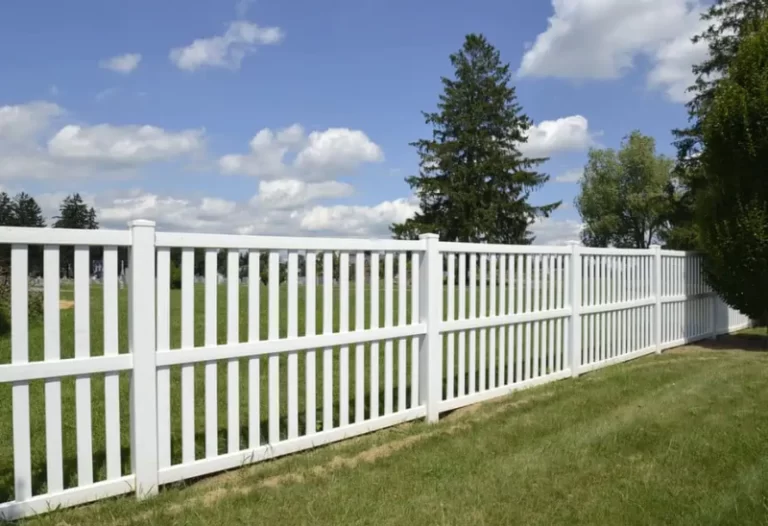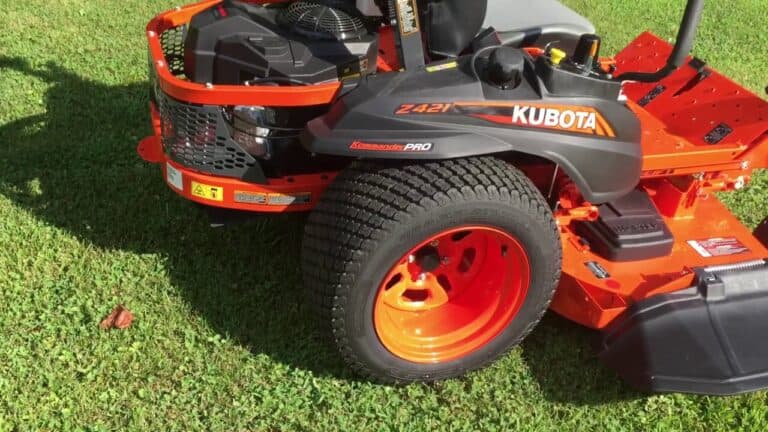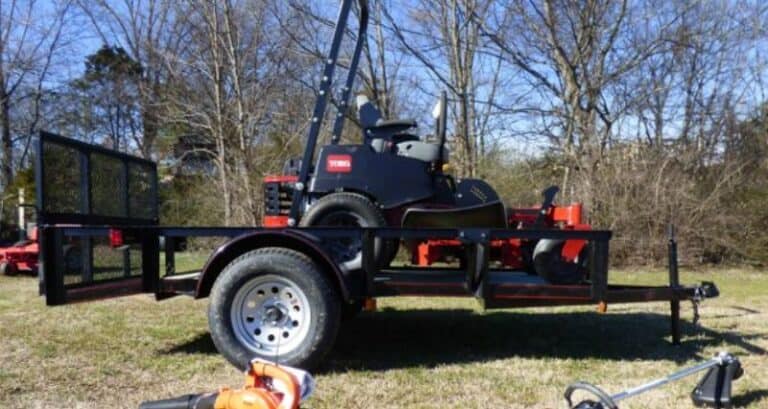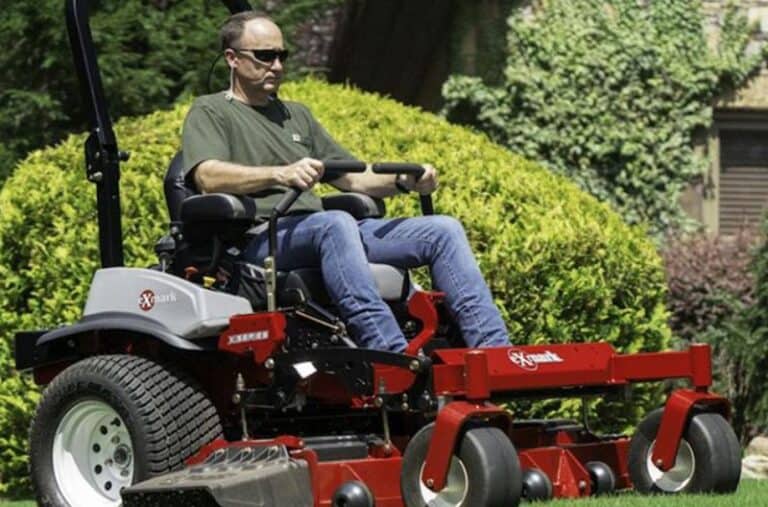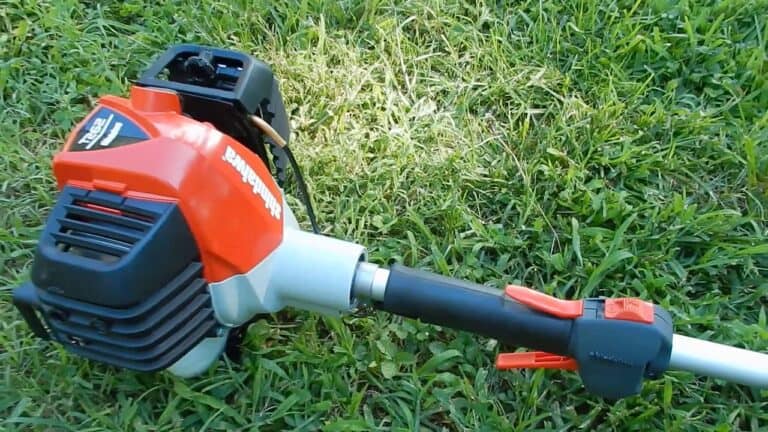A Guide on How To Adjust The Carburetor On an Echo SRM 22

The Echo SRM 225’s performance may be maximized by careful carburetor adjustment. Are you familiar with adjusting the carburetor on an Echo SRM 225? In order to get the most out of your Echo, you’ll need to get your hands on a set of SRM-225 carburetor tuning equipment.
Many of you have expressed frustration with the inconsistency of the performance you get from your Echo SRM 225 carburetor. After a brief poll, we determined that the majority of whiners had improper carburetor settings, which led to difficulties on the job.
The whole process is broken down into a few manageable phases, all of which are detailed in our post. Okay, so here we go:
Echo SRM 225 Carburetor Adjustment: 7 Easy Steps
Although you may have heard that carburetors cannot be tweaked, you can be assured that this is not the case. The efficiency of your Echo SRM 225 lies in the fine-tuning of its carburetor. If you follow our concise manual, you may finish the procedure within 10 min.
You can easily fine-tune your SRM 225 carburetor by following these seven steps.
1. Using the Echo SRM-225 Carburetor Adjustment Tools
You will need to pull out your tools before making any adjustments. The tools that you will require for the adjustment include a pair of needle nose pliers and a large open-ended screwdriver. The needle nose pliers will be used to grip onto the screws located on top of the air box and hold it steady while you loosen or tighten the screws using the screwdriver. The
The open-ended screwdriver will allow you to access the screws located in the carburetor area. It will also help you hold the carburetor with one hand while you use the pliers to tighten or loosen the screws. A large plastic cup will come in handy when you want to hold the carburetor while you work on it.
2. Pulling the Air Box Out
To make the process of adjustment easier, you must pull the air box out of the engine first. You may have to release some bolts holding the carburetor to the airbox. A rubber hose or any other type of sealant around the airbox may prevent you from removing the box.
In such a situation, you may have to remove the rubber sealant before pulling the airbox out. In either case, make sure that the rubber seal is off the air box and that you can easily pull it out. The airbox will usually snap on/off if you remove the screws at the back of the box.
3. Lifting the Air Box Off The Carburetor
Now that you have the air box mounted, you will now need to lift the air box from the carburetor to gain better access. The easiest way to do this is to use the pliers to hold the air box in place while you use the screwdriver to loosen the screws. You will notice that the air box is held in place using rubber bands. These rubber bands will help keep the air box in place once you have removed them.
4. Removing the Plastic Cylinder Cover
The plastic cylinder cover may have some retaining clips which may be holding it in place. If so, they are very easy to remove. Use the screwdriver to remove them. However, if these retaining clips were not used in the first place, you will have to use some tool to pry up the cover and remove it. A small flathead screwdriver may work well for this.
Also, use caution because you don’t want to break the plastic cylinder cover. Once you remove it, you will see the air intake tube as shown below.
5. Disconnecting the Power Cord
- You must disconnect the power cord from the car battery and the air intake tube:
- Use a small or regular nut and bolt to fasten the positive wire to the negative wire.
- Use another wire nut or standard nut and bolt to connect the negative wire to the negative terminal of the power supply.
- Connect the power cord to the battery by using a wire connector, as shown below.
6. Removing the Motor Mount
The motor mount needs to be removed and removed from the air box. You will first need to use the pliers to grip it near its base to remove it. Next, slide the motor mount out. Then, carefully pull it away from the air box.
The screwdriver can push the motor mount away from the air box. The reason why you want to do this is so that you do not damage the wiring inside the motor. When the engine is reattached to the air box, make sure that you align the shaft of the motor so that it goes into the right hole. Ensure that the hole where you put the motor is the right size to fit the shaft.
7. Reassemble The Echo Carburetor
When you’re finished, reassemble the parts as they were before you disassembled them. When you reassemble the echo carburetor, make sure that you place it on top of the carburetor.
Make sure that the screw holes line up with the holes where the parts are supposed to fit together. Reassemble the carburetor carefully and make sure that it is securely attached. You should also check to make sure that the carburetor has a firm fit onto the engine. Make sure that it is firmly attached.
Frequently Asked Questions
How Do I Make Adjustments to the Carburetor on an Echo Weed Eater?
After you have adjusted the carburetor in the last section, make sure that you check it over now and then. This will help you ensure that you did not accidentally make any adjustments to the carburetor while adjusting the carburetor. This would be easy to do if you were not careful. Be careful when you adjust the carburetor. Make sure that you do not bend or break the jets and the needles.
What Is The Best Way to Tune an Echo Weed Eater?
The best way to tune an Echo weed eater is first to get your engine started. After your engine is started, turn the carburetor adjustment knob so that the needle valve is at the half. You can use a feeler gauge on the needle valve to tell you when it is at the half. Then you can start adjusting the carburetor until the engine makes a little more noise.
How Much Gas And Oil Does The Echo Srm-225 Hold?
We recommend using only 89 Octane gas and Power BlendX oil for optimum performance from your Echo trimmer’s carburetor. The Echo SRM-225 performs best with a fuel mixture of 50 percent gasoline and 1 percent oil.
How Frequently Should Echo SRM 225 Carburetors Be Adjusted?
Carburetor adjustments for the Echo SRM 225 can be performed at different times. How regularly you utilize it will determine its usefulness. Carburetor adjustments should be made often to avoid stalling.
You can also read:

